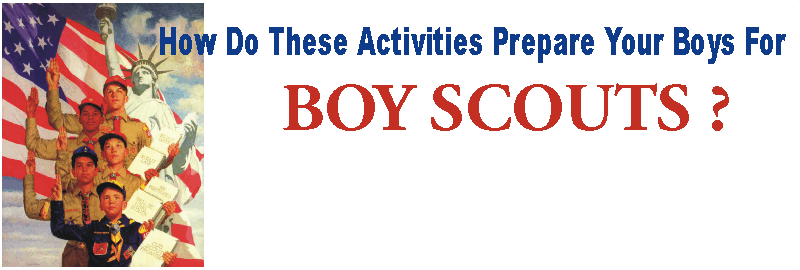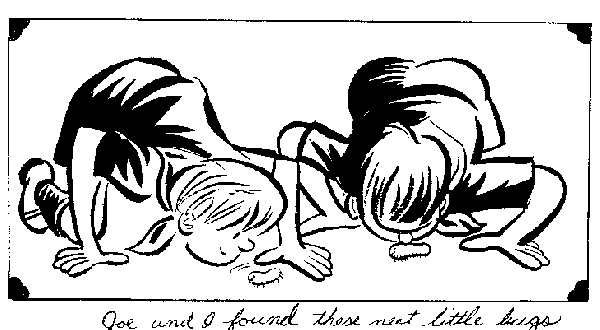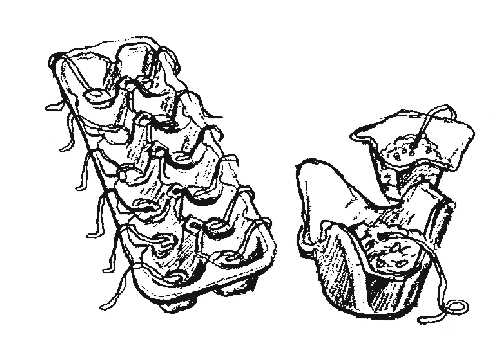CAMPFIRE
INGREDIENTS
|
Don't
forget the Marshmellows!
|
Songs
-
Scouting, action, quiet, novelty and special occasion songs all can be
used. The song leader should beat time and set the pitch before you start.
The liveliest songs should occur early in the program, with the quiet songs
saved until towards the end.
Stunts/Ceremonies-
Campfire stunts are fun and can be action, humorous, mixer, magic, or educational.
The opening ceremony sets the tone for the whole program so it must be
good, and attract and hold the attention of the group. A fire lighting
ceremony is part of the opening. Closing ceremonies should be quiet, inspirational
and challenging. Quiet songs, such as "Taps", a benediction or prayer,
Indian sign language closing, are good.
Stories
-
Storytelling is an art which almost anyone can acquire with practice. As
long as the story holds together, the audience won't be too critical of
your dramatic ability. It's the story they are interested in, not the storyteller.
The Main
Event - The program needs a Climax - an event
that will top off the evening and make it something to remember. This could
be a Boy Scout, telling of his Jamboree experiences or tales of Philmont
trails. It could be a story. It should be the high point of the evening.
Showmanship
- Without showmanship, the campfire leader and all the songs, stunts and
stories will fall flat. Showmanship is an indispensable ingredient that
puts sparkle and life into a campfire program.
Follow the
fire. When it leaps high, the program should
be loud and lively. As the fire dies down, the program becomes quieter
and serious.
Put the 'best' stunt last and the
next best stunt first.
Vary the pace by scattering stunts
by individuals in among the den stunts.
Dress up the campfire area. A
tom-tom off in the distance is an excellent mood setter for an Indian program.
Use ceremonial boards, candles, etc.
Crowd control is easier if you
insist on silence as the group enters the campfire ring. Make sure there
is sufficient light so they can find their seats.
Discipline is important. Squelch
any horseplay immediately. Encourage enthusiasm, but maintain control.
Get everyone involved in songs
or stunts.
Recognition should be a part of
every campfire program.
Inspiration contributes to showmanship
and is essential to a successful campfire.
Quiet as the embers die. Group
can be asked to leave the campfire circle quietly.
Note: A pack campfire is an Impressive
setting for a Webelos graduation. See "Staging Den and Pack Ceremonies".






